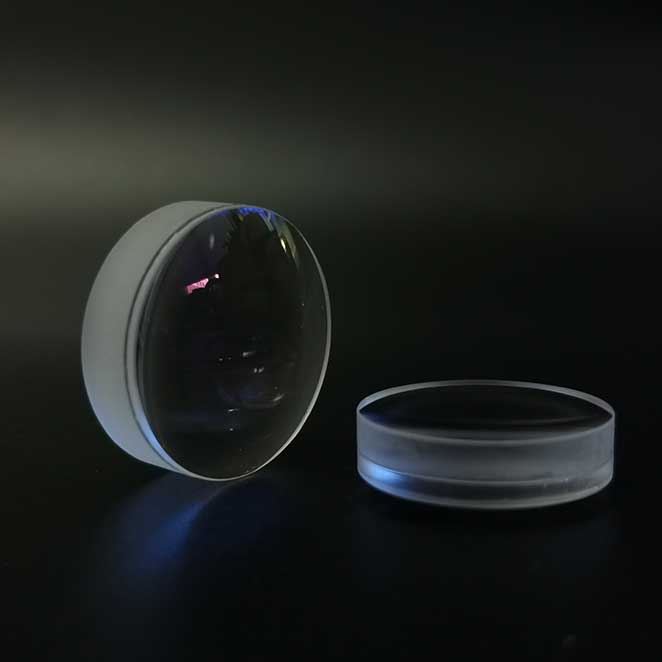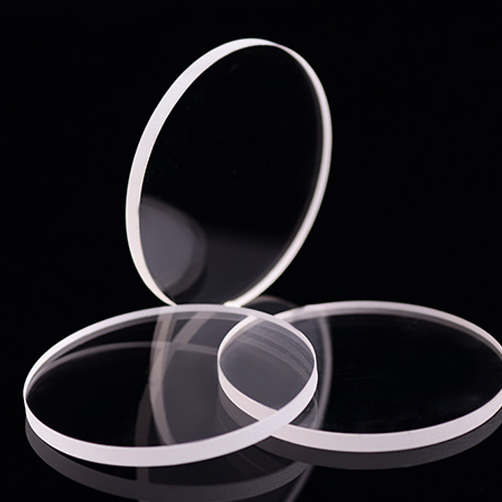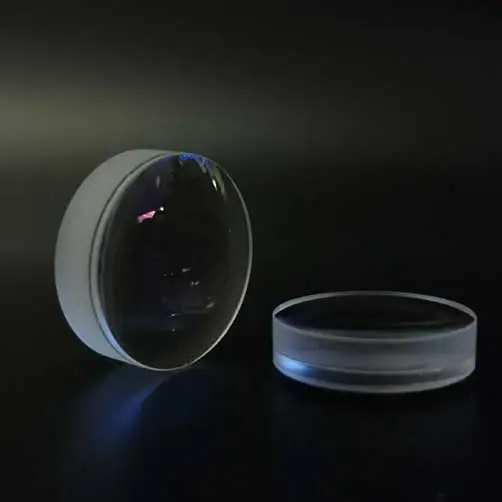
1. Not only can achromatic aberration be eliminated, but also spherical aberration can be eliminated by appropriately changing the curvature radius of each surface. If the two glasses that make up the doublet lens can be chosen arbitrarily, it can also eliminate coma at the same time.
2. There are also chromatic aberration corrections for three or four kinds of light, and the residual chromatic aberration is smaller at this time, but due to the difficulties in design and manufacture, this is only used in some special occasions.
It has a wide range of applications. A multi-lens optical system is often composed of multiple achromatic lenses. High-quality microscope objective lenses and photographic lenses are all complex lens combination systems that eliminate both achromatic and other monochromatic aberrations.
3. Simple square box cameras and children's cameras are mostly installed.
4. It is a lens composed of a positive low refractive index and a negative high refractive index.
Compared to single-piece glass lenses, the doublet design of doublet lenses provides the user with additional design freedom and further optimizes lens performance, so compared with the monolithic lens with the equal diameter and focal length, it has more obvious advantages.
5. Achromatic lens is made of concave and convex lenses made of two glasses with different optical properties. It is often used for convex lenses made of glass with small refractive index and large dispersion power, and concave lenses made of glass with large refractive index and small dispersion power.
Achromatic lenses generally can only superimpose the images and points of the two main colors of light that are considered to be the main ones, thereby eliminating the chromatic aberration of the two colors of light.
6. For color correction, it can minimize or eliminate chromatic aberration, in addition, the achromatic design also helps to minimize spherical aberration. Suitable for various applications such as detection or spectroscopy.
Achromatic lenses come in various configurations, the most common of which are positive achromatic lenses, negative achromatic lenses, three-phase achromatic lenses, and aspheric achromatic lenses.
It is important to note that an achromatic lens can be a doublet or triplet (three components), and the number of elements is independent of the amount of light after correction. In other words, a dichromatic or trichromatic achromatic lens can be used to correct red and blue light in the visible range.
Aspheric achromatic lenses are economical lenses with excellent chromatic and spherical aberration correction that meet the stringent imaging requirements of optical and vision systems in an affordable manner.
With the help of aspheric achromatic lenses, relay systems, and condenser systems, high numerical aperture imaging systems can be improved. In general, aspheric achromatic lenses have better resolution than achromatic lenses.
Achromatic lenses are used to minimize or eliminate chromatic aberration. Achromatic designs also help minimize spherical aberration. Achromatic lenses originally designed for telescopes can now be found in a variety of optical instruments including cameras.
Achromatic lenses are ideal for a range of applications including fluorescence microscopy, image relay, inspection applications or spectrometers.
Achromatic lenses designed by gluing the two components together or by mounting the two components in one unit can produce a smaller beam spot size than a comparable single lens.



